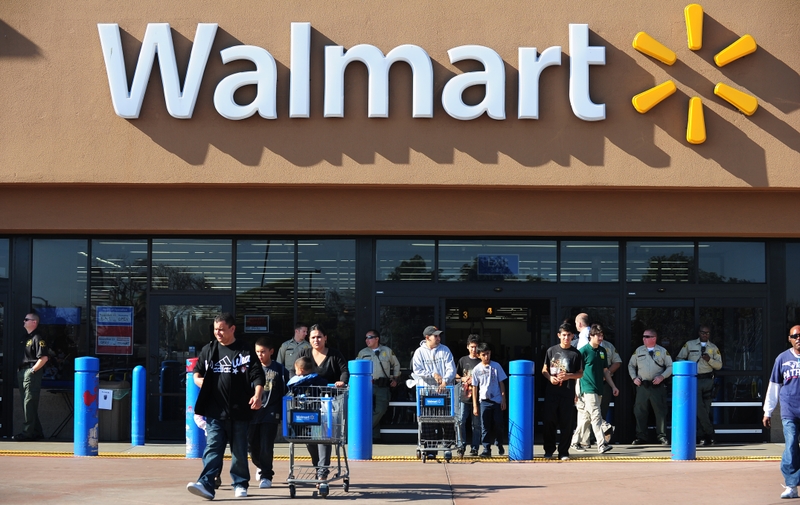In the face of persistent high prices, American consumers may be cautious about their spending, but they are still flocking to Walmart. The largest retailer in the United States has recently posted strong sales figures for the last quarter, with higher profits. The company’s executives have stated that they have not seen any signs of weakening demand, instead, they have raised their annual sales forecast.
Walmart announced on Thursday (August 15) that in the three-month period ending on July 26, its comparable sales in the United States (including stores and e-commerce) grew by 4.2%, a faster pace than the previous two quarters.
Executives noted that shoppers are more inclined to purchase discounted products and take advantage of convenient options such as online order pickup and delivery, especially higher-income consumers. They expressed confidence in achieving their sales and profit targets for the remainder of the fiscal year.
Based in Bentonville, Arkansas, Walmart expects its full-year net sales to increase by 4.75%, up from the previous estimate of 4%. The company has also raised its operating income and profit targets.
Known for its massive stores and low prices, Walmart’s market share growth has reinforced the belief that despite inflation fatigue among shoppers, some are still willing to pay for quality services like grocery delivery. Sales of discretionary items at Walmart, such as electronics and household goods, have even seen a slight rebound after declining for 11 consecutive quarters.
Walmart’s stock price rose by 7% in pre-market trading in New York. As of the close of Wednesday (August 14), the stock has surged by 31% year-to-date, compared to a 14% increase in the S&P 500 index.
According to The Wall Street Journal, Walmart’s Chief Financial Officer John David Rainey stated in an interview that Walmart has not observed a weakening consumer sentiment.
“We continue to believe that customers are discerning, they have choices, and they focus on essential items rather than discretionary goods,” he said, noting that monthly sales for the quarter remained stable.
During continued inflation, shoppers are continuing to gravitate towards discounted products, such as purchasing more store-brand items, particularly in recent quarters. This is one of the reasons Walmart has adjusted its expectations for the year.
While Walmart has disclosed robust performance, other American giants like Home Depot, McDonald’s, and Disney have issued warnings about “soft consumer spending.” Faced with economic uncertainty and high interest rates, American consumers are becoming more selective, cutting back on travel and delaying major home renovations.
Government economic data indicates a slowdown in hiring recently and an increase in unemployment rates. Meanwhile, inflation has remained low, and mortgage rates have also declined. Economists widely expect the Federal Reserve to begin cutting interest rates at its next meeting in September, which could partially stimulate consumer spending.
Rainey told Bloomberg, “Clearly, we see that in this economic backdrop, our relationship with customers and members is very strong.”
In recent quarters, Walmart has been focusing on more precise business strategies, setting itself apart from other consumer companies facing soft demand. This quarter, Walmart increased its discounts, with food discounts up by 35%.
Groceries account for about 60% of Walmart’s sales in the United States, with sales continuing to grow. The retailer’s foot traffic, market share, and income demographics of shoppers are all on the rise, particularly driven by affluent shoppers.
In the U.S., its e-commerce business grew by 22%, nearing profitability, which is crucial in its competition with Amazon. The operator of around 4,600 stores is also investing in advertising, third-party markets, and other emerging businesses with higher profit margins.

